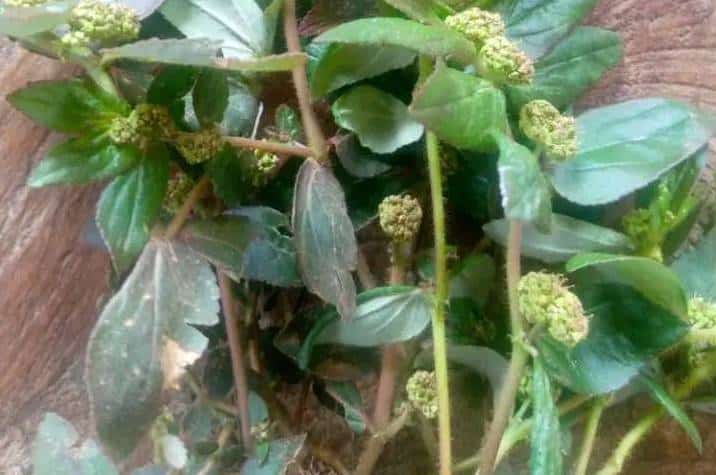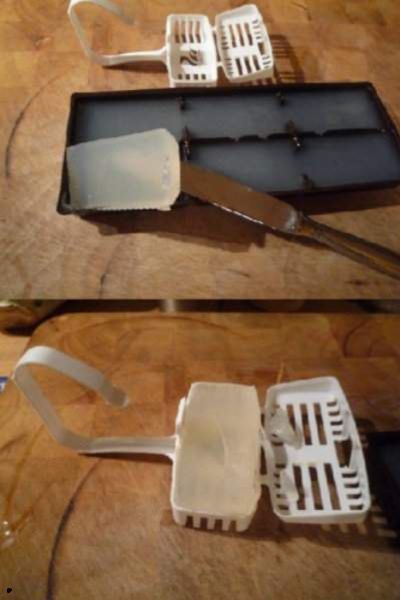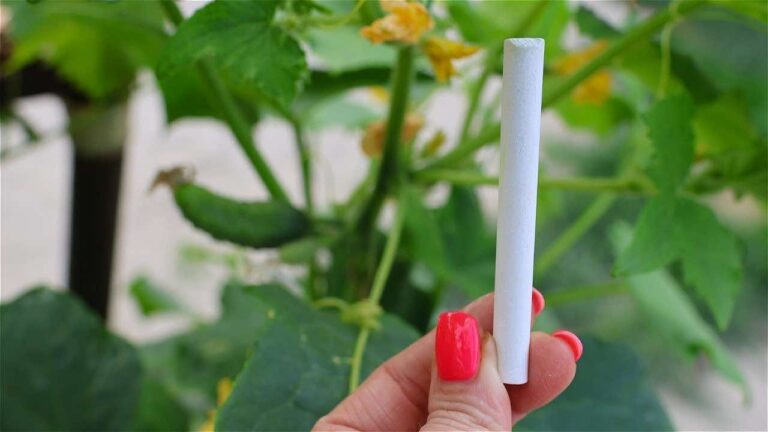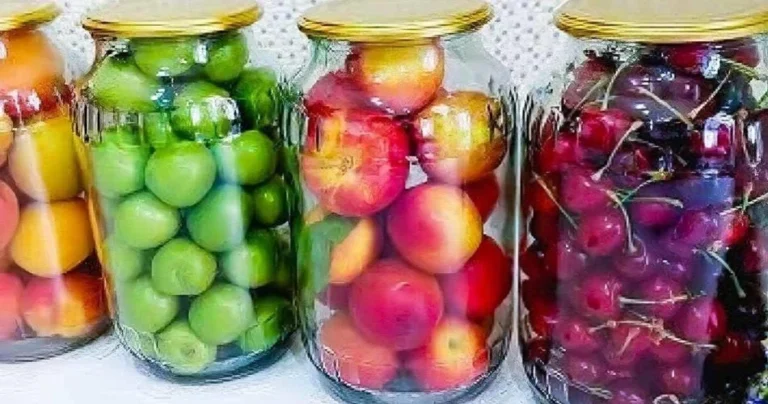Don’t put blueberries on your shopping list anymore! Follow this guide to grow them in your garden!
At the end of summer, many of us take the opportunity to sample these truly delicious berries. They can be prepared in various ways, as a dessert in a tart, to make a homemade jam or in a sauce to accompany meat. They are a real treat! However, when you want to eat them, you have to buy them at a very high price . And then you can no longer realize your dream of having a sweet and gourmet breakfast.
However, there is a solution available to you: what if you grew your own blueberries at home ? This is a super genius idea that allows you to enjoy these tasty berries at any time, saving a lot of money on groceries. Furthermore, you can consume natural fruit without pesticides. In this guide you will discover some practical tips for growing your own blueberries .
Choose the right variety
Before you start planting blueberries, you need to do your own research to find out which species is suitable for the climate in your region. If you live in colder regions, opt for frost-resistant varieties such as Northland or Atlantic.
On the other hand, other species such as Ivanhoe or Darrow appreciate the temperatures . However, it is possible to plant two different species to harvest at two different times . This way, you can harvest your fruits from July to October.
Evaluate the acidity of the soil
To grow a blueberry bush, you need to control the acidity of the soil. Ideally, the pH should be between 4 and 5. If, after testing, you find that the soil lacks acidity, you should bury pine needles in the hole where you plant blueberries to naturally increase the acidity of the soil.
If the soil is not suitable enough for growing blueberries, you can put it directly in a pot. This way, you can shape the soil according to the needs of your plant.
Choose the best location
Blueberries are plants that need a good amount of light to grow well. Furthermore, they love light and somewhat sandy soils. If you want to plant them, grow them in September.
As for location, place blueberries in a sunny but shaded area in summer to avoid excessive sun exposure. If you have grown multiple plants at the same time, space them about a meter apart so that they can develop properly.






